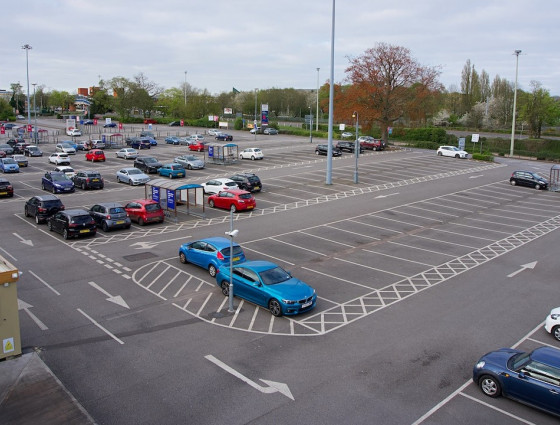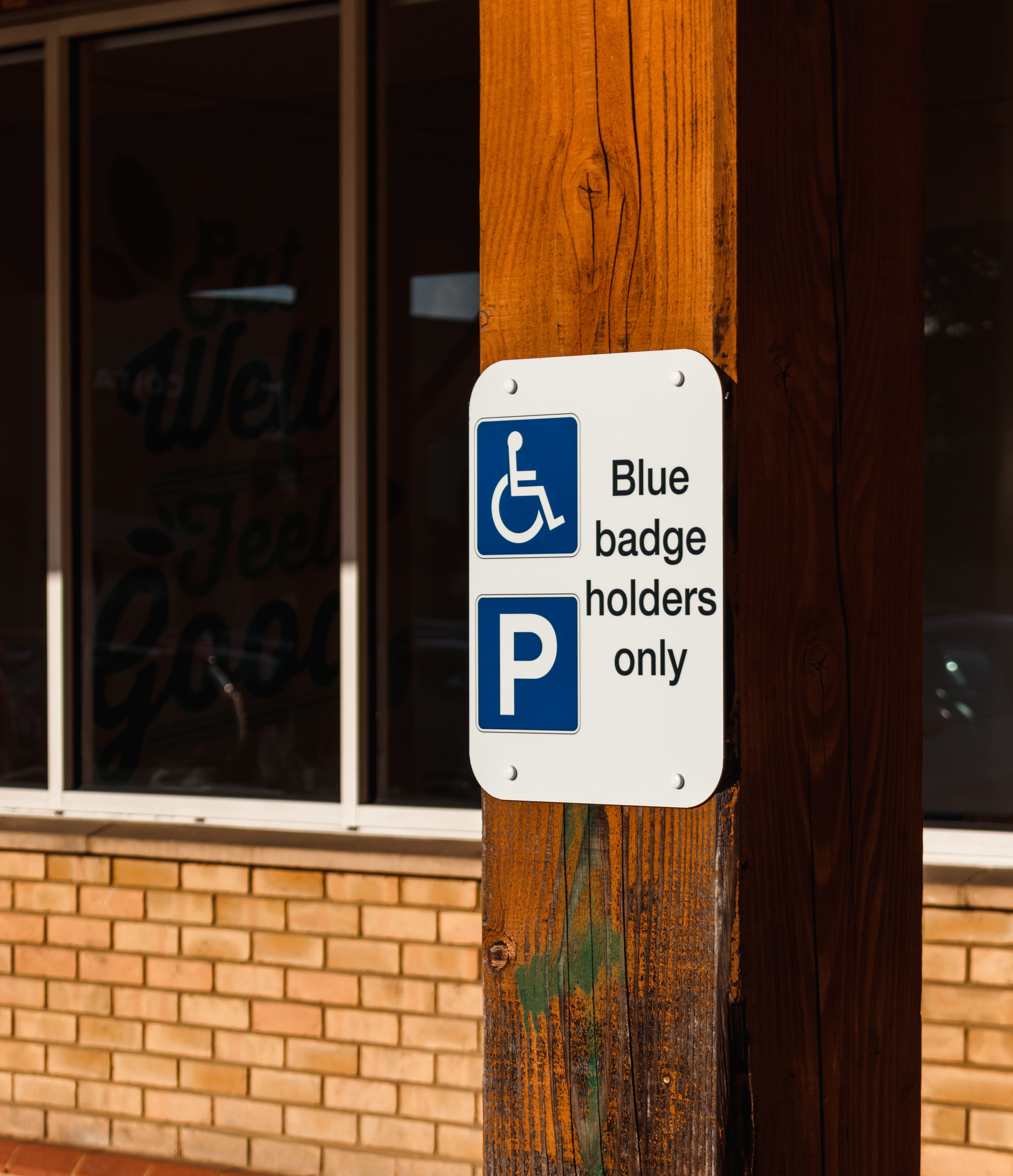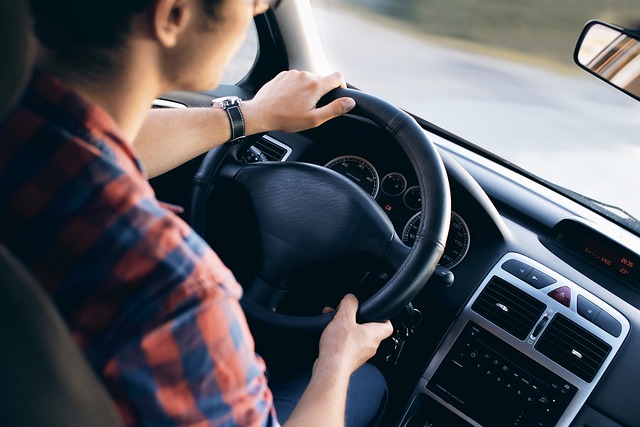
Who can get a Blue Badge?
Find out what evidence you need to be able to apply for a Blue Badge.
People who automatically get a Blue Badge
You will automatically receive a Blue Badge if:
- you receive the ‘higher rate mobility component’ of Disability Living Allowance (DLA) (example DLA letter)
- you receive 8 points or more for the 'moving around' part of the mobility section of the Personal Independence Payment (PIP)
- you receive exactly 10 points under the “planning and following a journey” activity of PIP and it states ‘you cannot undertake any journey because it would cause overwhelming psychological distress’ or ‘significant mental distress’ on your award letter (download an example PIP letter)
- you are registered as severely sight impaired (blind) under the National Assistance Act 1948 (partially sighted people do not automatically qualify)
- you have a Certificate of Visual Impairment (CVI) proving you are severely sight impaired
- you receive a War Pensioner's Mobility Supplement
- you receive Armed Forces Compensation Scheme (AFCS) award, tariffs 1 to 8 and have been assessed by the Service Personnel and Veterans Agency (SPVA) as having a permanent and significant disability that makes it impossible or very difficult to walk
Organisations who can help
- Independent Age has advice about driving safely
- Driving with a disability or a health condition advice from the DVLA
- Citizens Advice has information about getting a Motability car
- Disabled Motoring UK has advice for disabled drivers, scooter, and wheelchair users
- Motability scheme to find out how to lease a car, scooter or powered wheelchair



 Facebook
Facebook Twitter
Twitter Email
Email WhatsApp
WhatsApp Messenger
Messenger